In the times of artisanal everything, it seems like just about anything can be converted into a luxury product. It’s really all about the presentation. Wildcatters love to indulge in the finer things in life, but some of our favorite food have a not so savory past. Call it supply and demand, or call the the ultimate rebranding, these fine foods had to earn their current gourmet status.
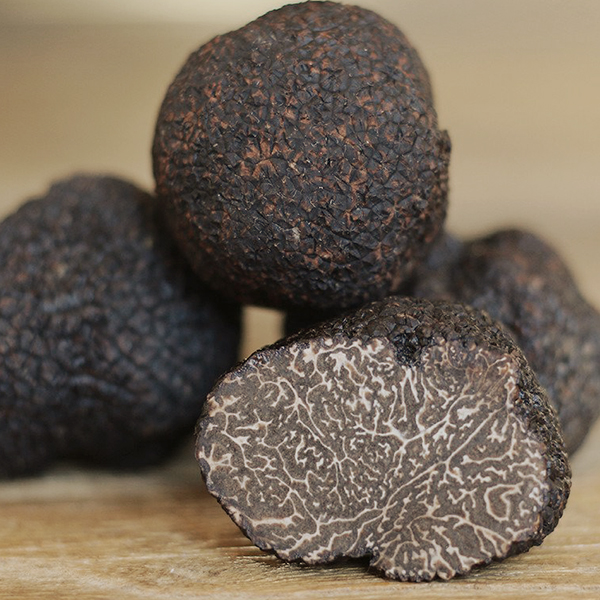
Truffles
Truffles were considered an aphrodisiac in Ancient Egypt, but they fell out of favor during the Middle Ages after the Church deemed them to be the work of the devil due to their “exotic” aroma. For centuries after, they were used mainly by French peasants to spice up their otherwise bland food. The tubers eventually made their comeback when the indulgent Louis XIV became fascinated with them, insisting they be served as much as possible, thus securing their status once more as a food for the elite.
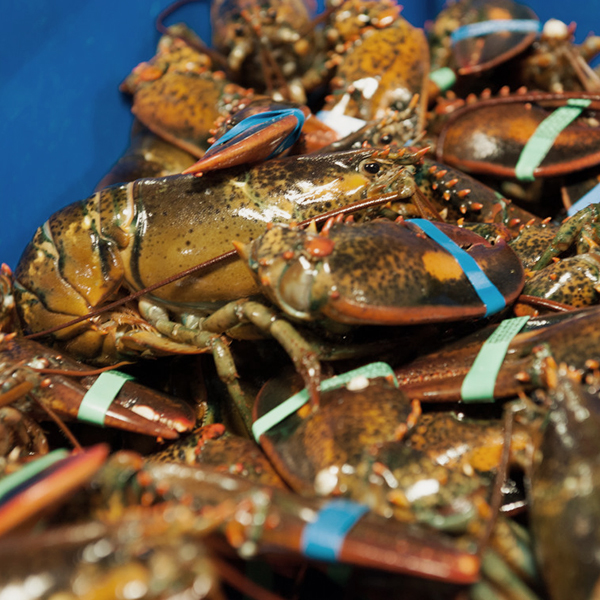
Lobster
Unaffectionately known as “sea insects” these creatures used to be so reviled that they were used mainly as food for prisoners. In fact, the prisoners at one Maine prison were so fed up with the sea insect that they begged for anything but lobster for just one meal. Eventually someone had the genius idea to trick clueless inlanders to pay exorbitant prices for this seafood but the joke was on them….these resourceful middle Americans in turn paired it with melted butter and transformed it into a true indulgent dining experience.
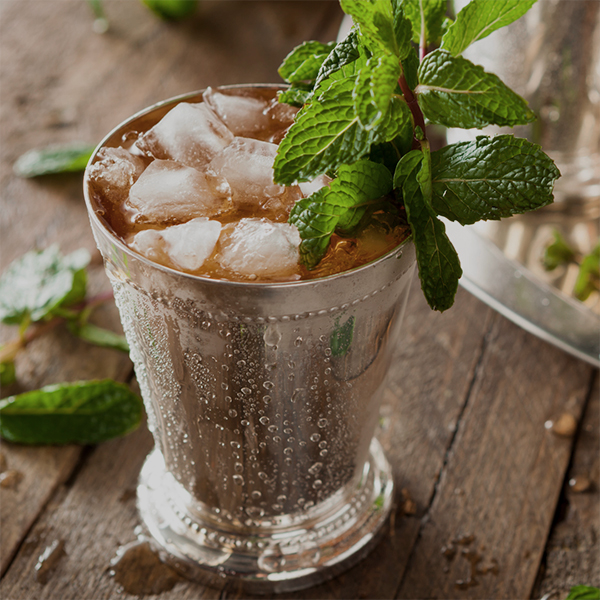
Mint Juleps
Juleps are a Kentucky Derby staple and favorite among Bourbon drinkers everywhere. They originated in Virginia, where the wealthy elites mixed mint into their Brandy for a nice breakfast cocktail. When the tradition spread to the Deep South, poor Southerners started using moonshine and cheap bourbon to make the drink and it subsequently lost some of its prestige and fell out of favor with wealthy families. As the practice continued, eventually tradition became more important than pretension and it’s now known as the classy drink we know and love today.
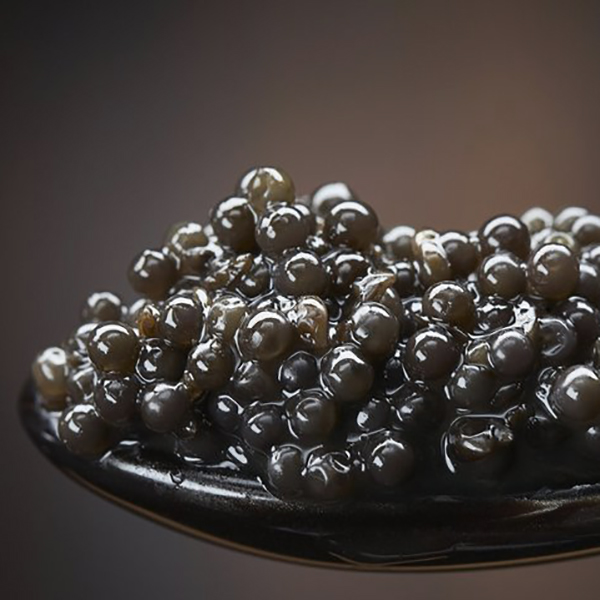
Caviar
During the 19th century, caviar was in such abundance that it was actually given away for free in bars and restaurants to keep customers spending money on alcohol. Nowadays, caviar is priced by rarity as opposed to taste, so what is considered “the best” is really a matter of preference. It is now an issue of supply and demand – with the supply so low that hooked consumers are now branching out to the roe from other fish species.
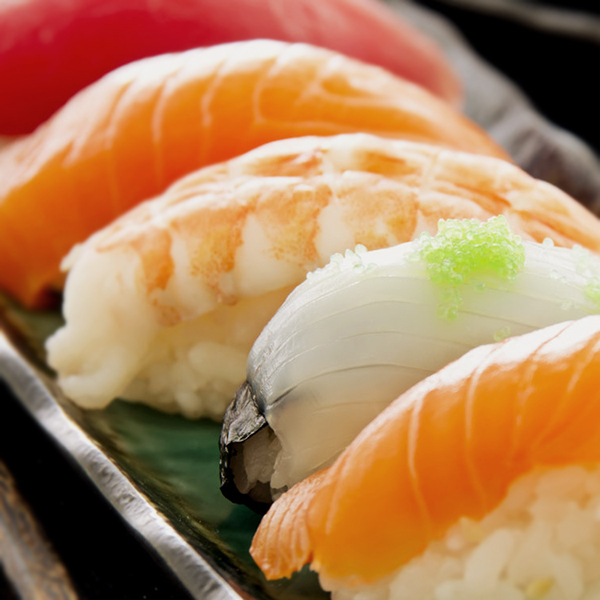
Sushi
This meal of raw fish was traditionally Japanese street food. Wrapping fish in fermented rice was a way to preserve it for longer, meaning the fish wasn’t exactly at its freshest. Furthermore, wasabi was only used to kill parasites that might be hiding in the aging fish. The dish made its way to the States after WWII, where inventive American chefs turned this exotic cuisine into the haute delicacy it is today.
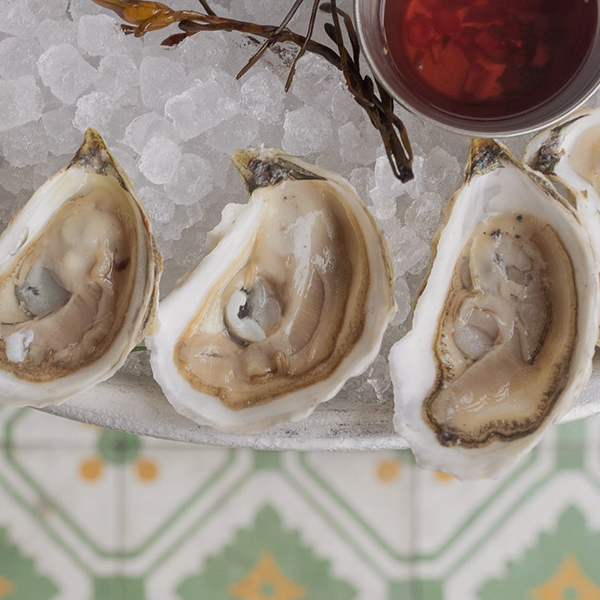
Oyster
Oysters were always so terribly difficult to access and harvest that if you found yourself eating one before the 18th century, it meant you were truly desperate for a meal. They were extremely abundant and therefore very cheap, mainly consumed by people of limited means. Even Dickens remarked that, “poverty and oysters always seem to go together.” However, due to overfishing and the increased pollution caused by the Industrial Revolution, their supply dwindled, which lead to the practice of farming oysters thus driving the price up.


